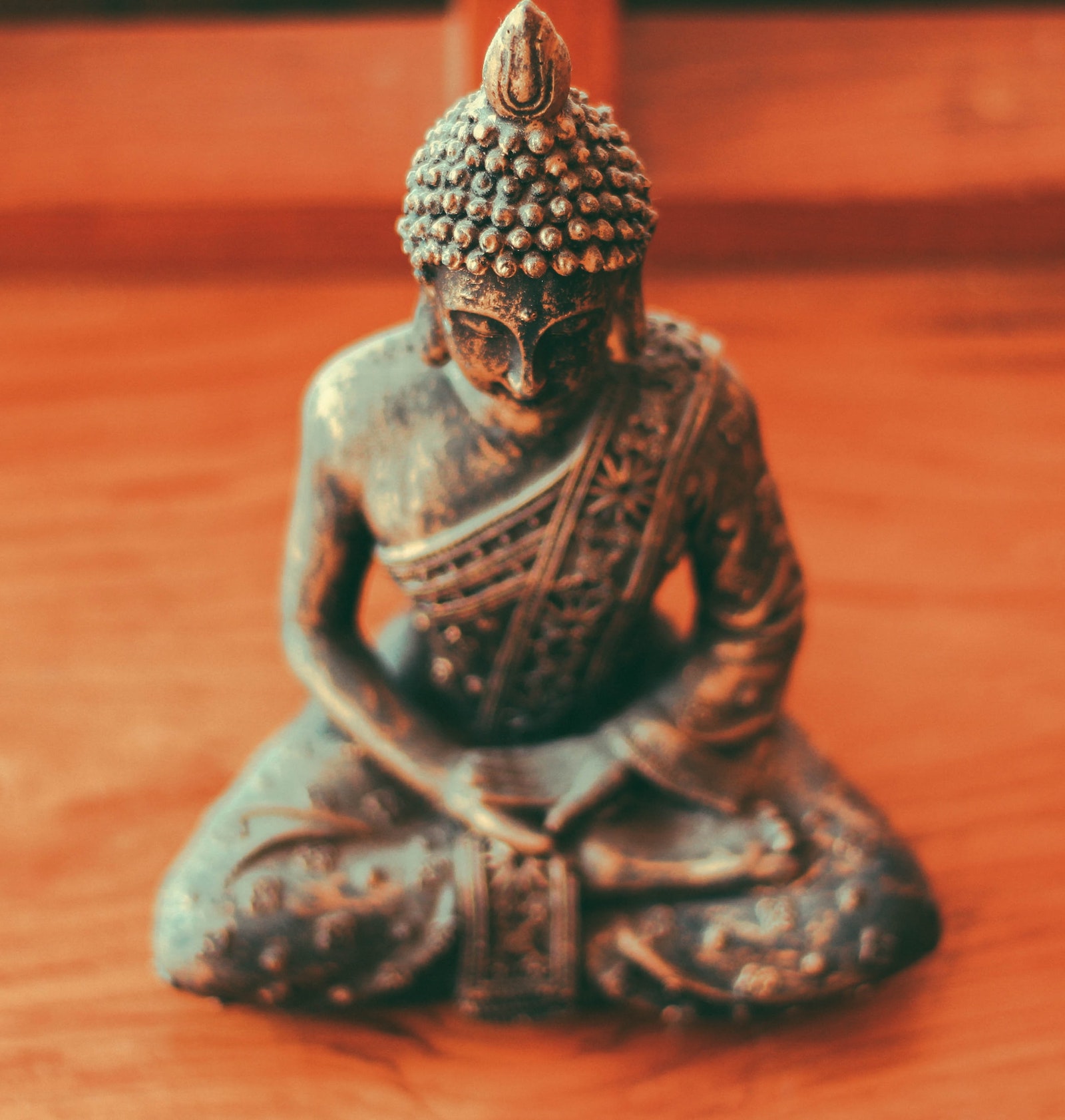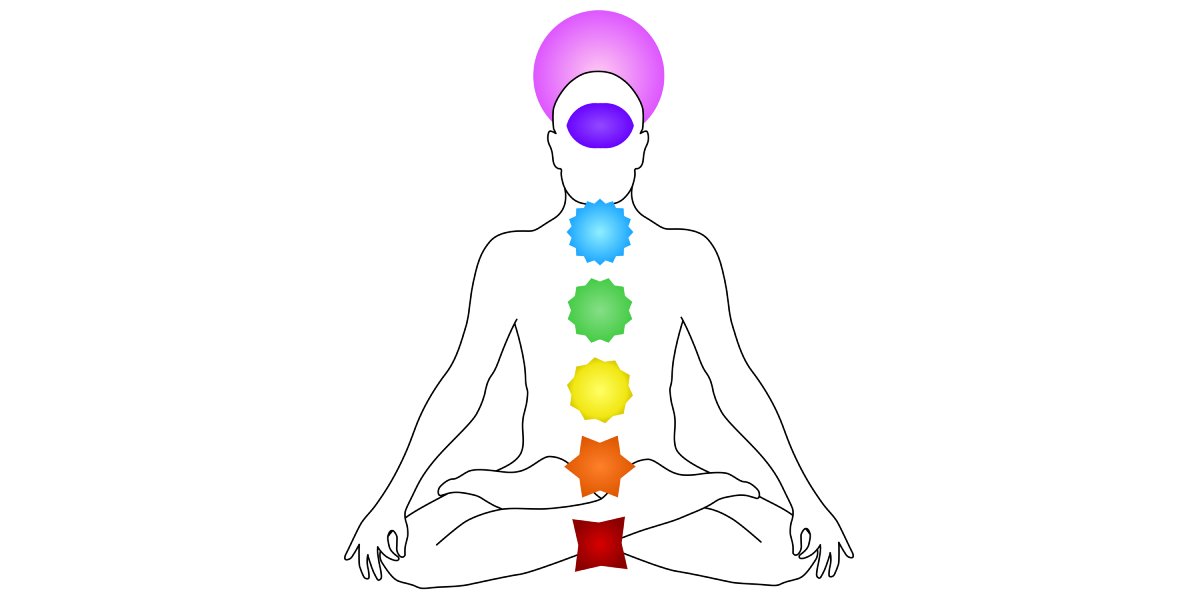“The Holiest place in the universe is your own mind” There is no need to look elsewhere for Buddha, Dharma and Sangha
Is Bodh Gaya the Holiest Place on Earth for Buddhists? Although it is certainly special, it is not the most sacred place on earth. Chamtrul Rinpoche tells us where we’ll find the Holiest Place in the entire Universe: “The...

Is Bodh Gaya the Holiest Place on Earth for Buddhists? Although it is certainly special, it is not the most sacred place on earth. Chamtrul Rinpoche tells us where we’ll find the Holiest Place in the entire Universe:
“The holiest place in the universe is in your mind. In there you will find the Buddha.”
Where is Buddha?
Where is Buddha, Dharma and Sangha? You’ll find them in your own mind (Buddha), speech (Dharma) and activities (Sangha.)
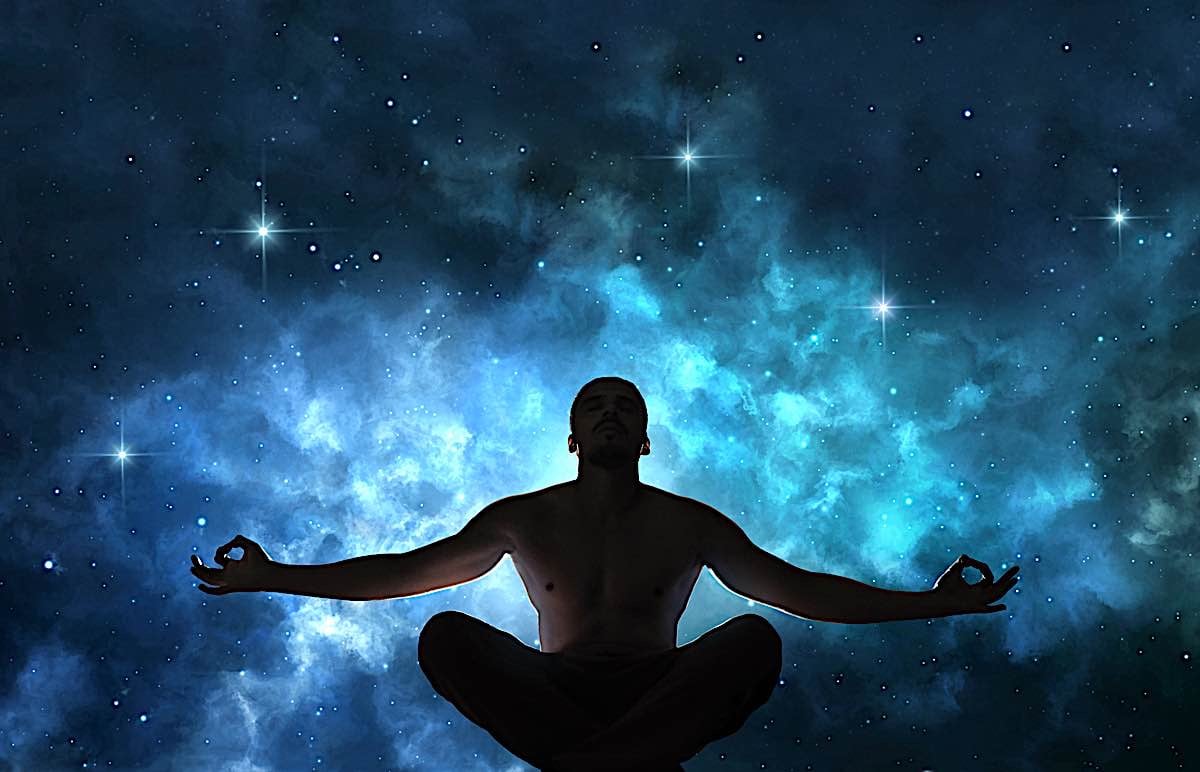
Mind is the most sacred space in Buddhism. It is in our minds that we meet the Buddha, Dharma and Sangha.
What triggered this feature, was a feature on the four sacred sites of Buddhism. Certainly, these physical places are very special. But they are not the Holiest Place in the Universe. Buddha, himself, cautioned his disciples against considering any place or item (relic) as Holy. He was concerned that his body would become relics — which indeed did occur, as stupa after stupa arouse following his Paranirvana.
Holy Pilgrimage Places — as close as your own mind
While it is true that the Digha Nikaya (16.5) specifically indicated that there is merit in visiting “Holy” pilgrimage places, that does not mean these places are Holiest. If you are looking for the “Holiest” place, look no further than your own mind.
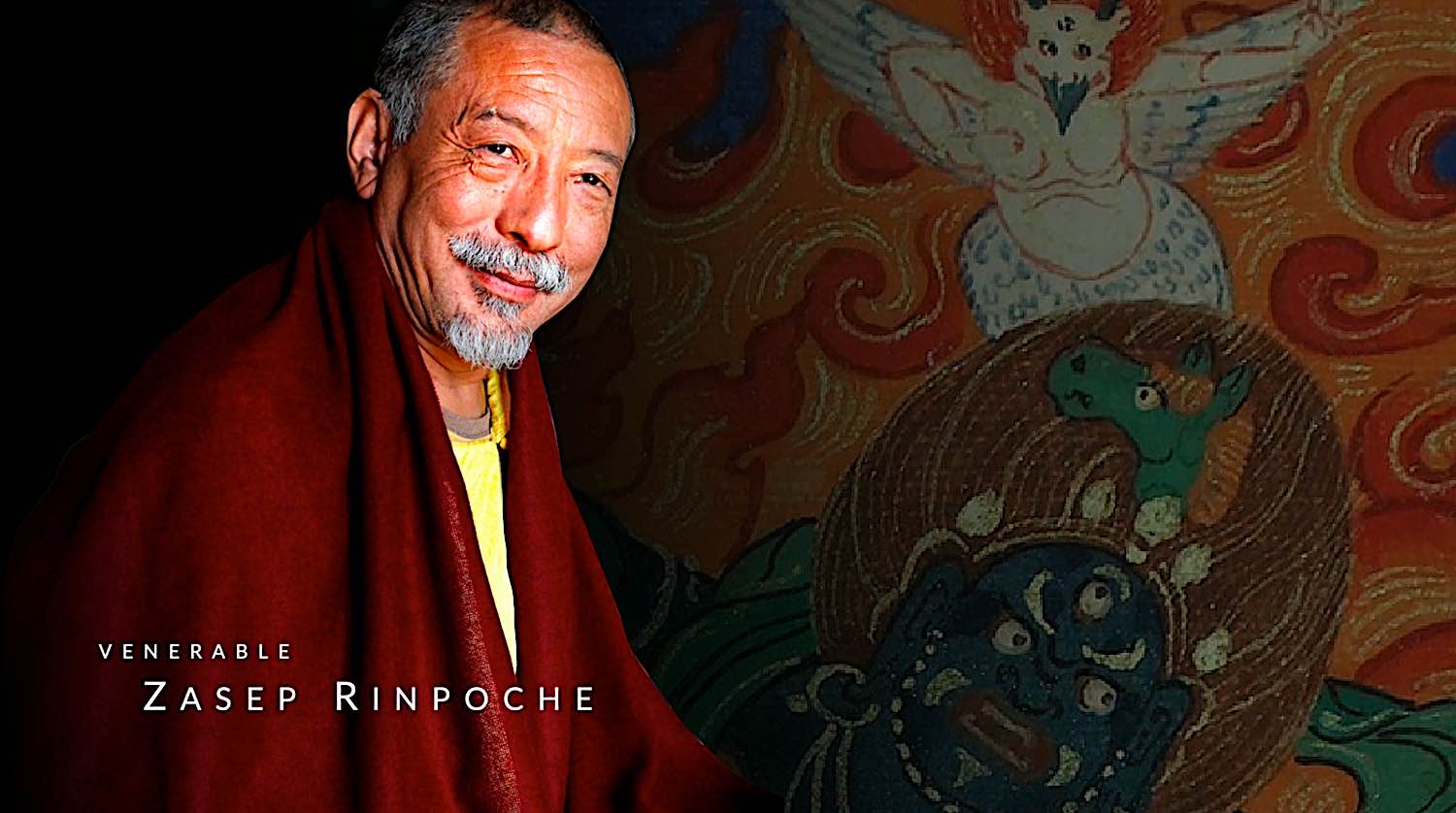
Venerable Zasep Rinpoche teaches advanced Vajrayana meditation methods, including dream yoga, sleep yoga and deity visualization.
Venerable Zasep Rinpoche, in an online teaching, while discussing “sleep yoga” and “dream yoga” that we can “visit all the Holy Places without a passport. We visit them in our mind. In our dreams. You can make a pilgrimage every day this way.”
Tripping in our dreams and sleep is simply preparation for an actual journey into the “luminous mind” or “Clear Llight.”
Luminous Mind is a Holy Place
Your own Luminous Mind — in Sanskrit prabhāsvara-citta or ābhāsvara-citta and in Pali pabhassara citta — is the Holiest of Places. This is why, in Vajrayana and Tibetan Buddhism, the words “mind of clear light” or just “clear light” are used frequently. The goal, in all visualizations — and ultimately in our lives — is to purify our mind so that we have a luminous mind.
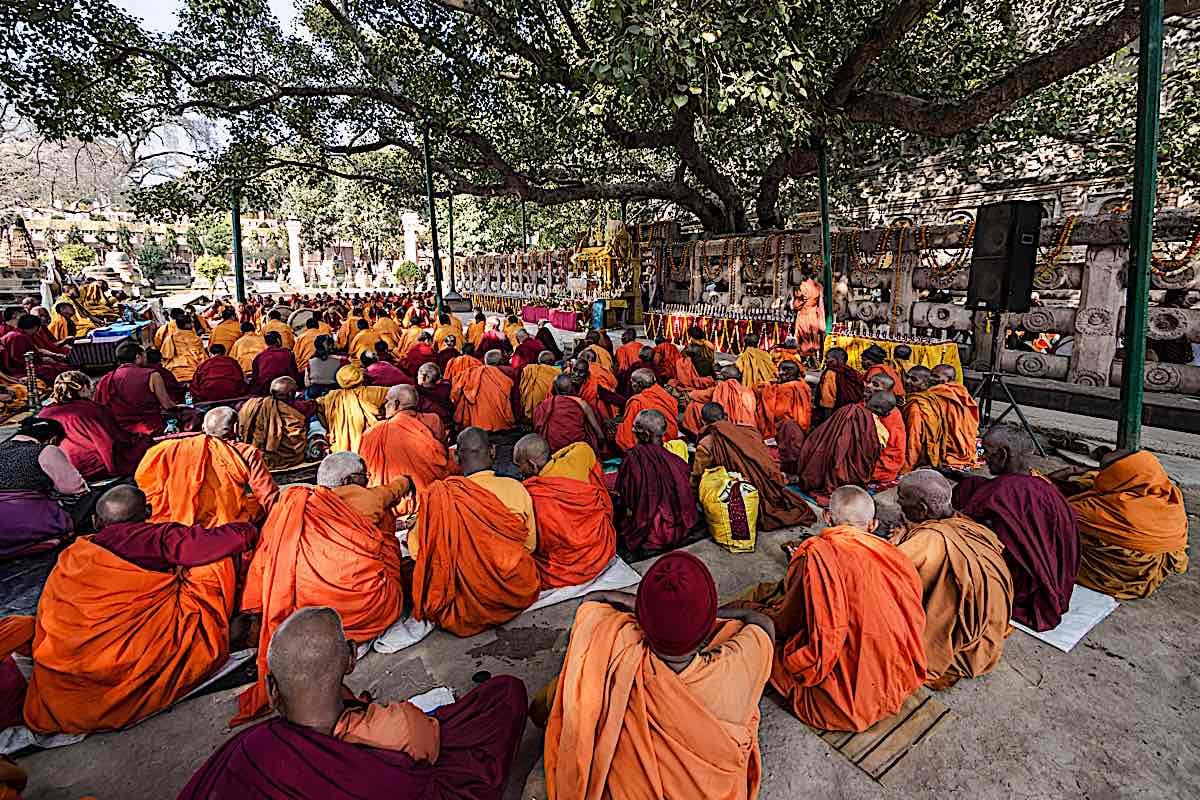
Buddhist Monks sitting under the ancestor of the Bodhi Tree under which Shakyamuni Buddha attained Enlightenment in Bodhgaya India. Although sacred pilgrimage sites are precious experiences, and learning experiences, and meritorious, the most sacred place to “meet the Buddha” is still in your meditations, on your cushion, in your own mind.
This is not just a Tantric Buddhist concept. Vajrayana focuses on Clear Light extensively, but prabhāsvara-citta (Luminous Mind) is in many Mahayana Sutras and a few Pali Suttas. In Theravadan Buddhism, the luminous mind is identified with Bhavana. In Mahayana, it is associated with Tathagatagarbha (Buddha Nature, see below.) In Vajrayana, instead of “meditating” on the luminous mind, we “play act” and visualize — a dress rehearsal that prepares us for the actual journey into clear light. It is that journey, that takes us to the most sacred of places in our minds. Ultimately, in Vajrayana, when we are ready, we meditate on this luminosity and brightly shining mind in Mahamudra and Dzogchen and Highest Yoga Tantras.
Making your Mind a Sacred Place
Daily Buddhists take Refuge in the Buddha, the Dharma and the Sangha. Where do we find these Three Precious Jewels. According to Chamtrul Rinpoche, “The holiest place in the universe is in your mind. In there you will find the buddha.”
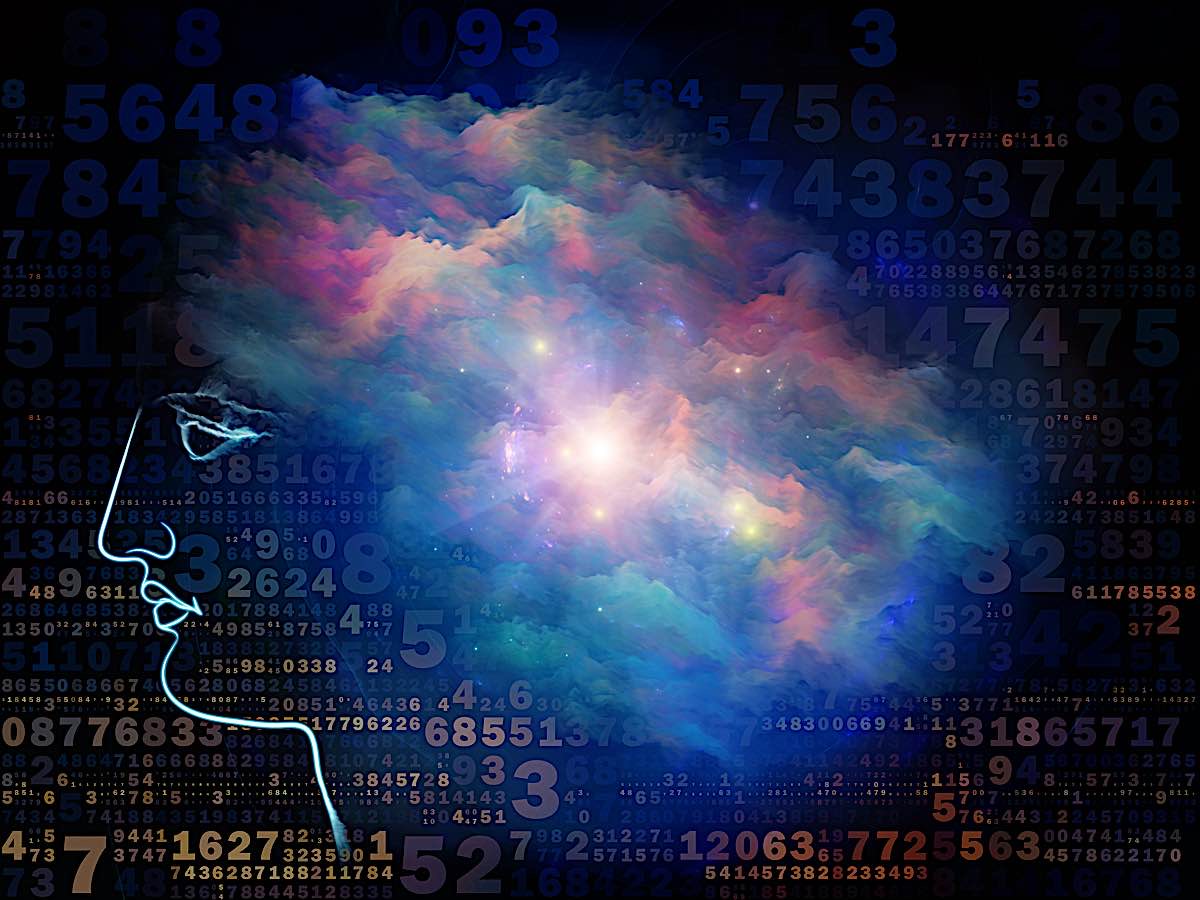
Making your mind a Pureland. The mind is always busy, busy, busy. Through mindfulness we can watch the busy mind. Over time, through visualization, and advanced practices such as Dzogchen and Mahamudra, we can glimpse our own luminous mind, and “clear light.”
Expanding on this insight, we could say we’ll find the sacred Dharma in our own speech when we chant the mantras and sutras. We find the most sacred Sangha in the activities of Dharma people, including ourselves. The Buddha was a pioneer.
Whether we are looking to meet Shakyamuni Buddha, Avalokiteshvara, Tara, Hayagriva, Manjushri, or any Buddha, their actual PureLands are no other place, other than our own mind space.
Why is this important? Purify the Mind and find the Pure Land
Why is it important to know that our Mind is the ultimate sacred place? Not only is it because every Buddhist meditation method involves the “mind” — from mindfulness to visualization to veneration — but because the mind, in Buddhism, is a continuum that transcends any one life.

Amitabha in his pureland in the “idealized” traditional style. There are actually three “understandings” of the Pureland, and the highest of these is understanding that we visit the pureland in our mind. If we purify our minds, as described in the Vimalakirti Sutra, it’s like cleaning the dirty window in our room and glimpsing the splendid blue sky outside. By purifying our mindstreams, we can experience luminous mind, clearlight and Pureland.
In the Vimalakirti Sutra, Shakyamuni Buddha taught us that to see the Pure Land, we only need to purify our minds. He said that we must purify our minds and we would see the purity of the universe. The purity of our own mind is the Pure Land. He used the example of a room with no doors and dirty windows. Outside is a beautiful sky, a beautiful world, but we are closeted in a tiny room of our will, unable to see the beauty outside. If only we took a moment to clean the window, we could see its purity. In the metaphor, the beautiful day outside is the Universe of everything (Oneness and Emptiness), the window is our mind and the dirt that covers the window are the obscuring emotions of greed, anger, and ignorance that bind us to our samsara.
Powa Practice and the Purelands
One way to personally experience the Purelands as “mind” is to practice Tibetan Powa. In Powa guided practice, we visualize our own mind being “ejected” from the body (a visualized astral out of body meditation in Buddhism) and going up to the “heart” of the Buddha. In Buddhism, the heart chakra is generally where the “mind” resides. When we eject our consciousness from our heart, to Buddha’s heart, we are going to the “Pureland” of that Buddha. Purelands are the perfect minds of the Enlightened Buddhas. In our case, when we do “powa” it’s a “dress rehearsal” visualization.
Although it normally requires a teacher’s guidance, Amitabaha Powa practice is considered fine for anyone. Here is a short video of Venerable Zasep Tulku Rinpoche guiding a Powa session with visualizations:
Video of Guided Power Purelands Meditation:
Different Levels of Pure Land and Pure Mind
Sister Annabel Laity, the Abbess of Maple Forest Monastery, wrote, ” There are different levels of belief in the Pure Land, and the highest level of Pure Land teaching is that your mind is the Pure Land, the Pure Land is available in your mind.” [3] That’s not meant to diminish the other levels of understanding of the Purelands, such as a place we can actually take birth in — through our own merits and the help of the Enlightened Ones, such as Amituofo (Amitabha Buddha.)

Meditation is the path to the Purelands. Purificaiton is the method we use to clear our obscurations to seeing reality as it truly is.
Either way, mind Pureland or separate Pureland, all we need to do is wash the window to see it — or, metaphorically purify our mindstream. All beliefs in a Pureland teach that Samsara (our suffering world) is sustained by deluded minds. All Purelands, on the other hand, are Buddha Minds (or Pure Minds.)
For a feature on the Purelands, see>>Eternal Mind?
In Buddhist belief, we continue from life to life, one subtle mindstream. Even more importantly, if we understand Shunyata and Emptiness philosophy, we understand that our mindstream is not separate from “other.” Once we break past the limiting concept of duality, we understand that there is ultimately no Buddha and other, and likewise to “self” and “other.”

Buddha Nature is often described as the sun behind the clouds. The sun is always there, even if you can’t see it. But when the visual obstruction disappears, the sun shines.
Just as, in Quantum Physics, where “self” is a “persistent” illusion (Einstein), likewise in Mahayana Buddhism. There is ultimately Oneness. This is a key concept in the important Mahayana doctrine of Buddha Nature. All sentient beings, from insect to human, have Buddha Nature. [For a feature on Buddha Nature, see>>]
Our sense of self arises, in part, from our “perceptions.” Buddha taught extensively on “perceptions” and the infallibility of our senses in interpreting “perceptual reality.” Buddhism, after all, is certainly a great contemplative path. Similarly, Quantum Physics contemplates these notions of what is real, what is an illusion.
Quantum notion of perceptual reality
Then, at the highest level of “mind” space is the entire quantum notion of perceptual reality. Albert Einstein wrote:
“A human being is part of a whole, called by us the ‘universe’, a part limited in time and space. He experiences himself, his thoughts and feelings, as something separate from the rest — a kind of optical delusion of his consciousness. This delusion is a kind of prison for us, restricting us to our personal desires and to affectation for a few people near us. Our task must be to free ourselves from this prison by widening our circles of compassion to embrace all living creatures and the whole of nature in its beauty. Reality is merely an illusion, albeit a very persistent one.”
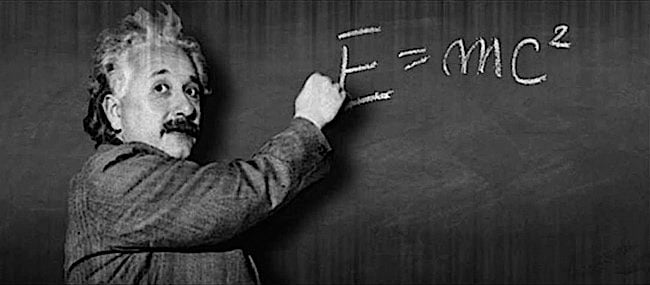
Einstein’s theory of relativity.
This illusion is created by our own perceptions, that combination of body, speech, and mind. For this reason, we could say: “everything is one with our own body, speech, and mind.” Nothing is separate from us.
Quantum theory goes a step further. Werner Heisenber — along with many others — interpreted Quantum experiments to indicate that reality doesn’t exist until observed. He wrote:
“The idea of an objective real world whose smallest parts exist objectively in the same sense as stones or trees exist, independently of whether or not we observe them … is impossible” [1]
For a feature on Quantum Physics and the Five Dhyani Buddhas see>>Where we find the Buddha, Dharma and Sangha
It may seem overly simplistic to conclude from Quantum Physics that where we’ll find the Body, Speech, and Mind of the Three Precious Jewels: Buddha, Dharma, and Sangha, is in our own body, speech, and mind. It is beyond the scope of this feature to explore this concept, beyond using it as the most elegant way to express the idea that the “place” we can meet Buddha is in our own Mind — fed by sensory stimuli. We read about Buddha, and imagine. We recite the teachings and comprehend. Since our mind is not separate from Buddha’s mind, there is nowhere else to search.
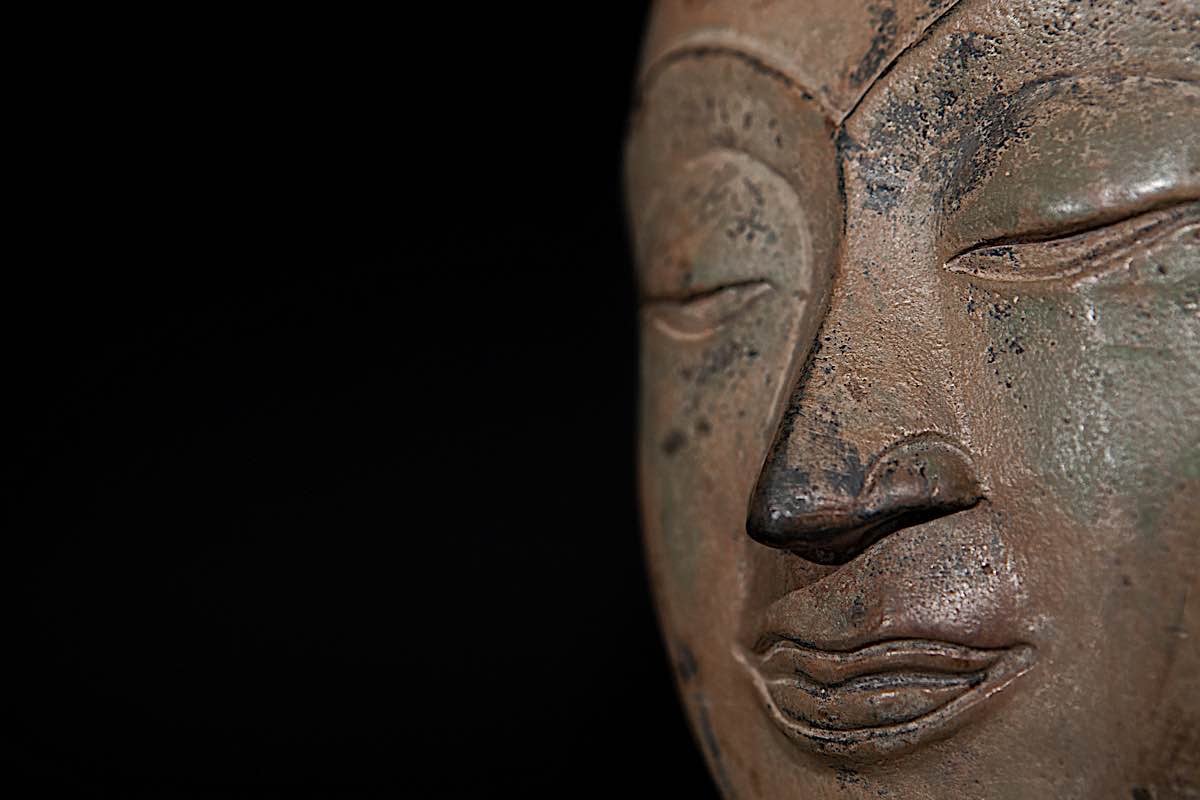
Buddha taught us methods that help us explore the true nature of reality.
This is also why in Vajrayana Buddhism, in particular, we emphasize visualization (visualizing the Enlightened deity using our “mind”), combined with mantra and recitation (speech), and mudras or actions (body.) This symbolizes our understanding of Oneness with Buddha, Dharma, and Sangha. In fact, it goes beyond symbolism. We are actually meeting the Buddha, hearing the Dharma, and connecting with the Sangha in a very real way.
Mindfulness and Mind-Full-Ness
One reason Buddha taught mindfulness as a primary vehicle of our transformation was because of this emphasis on the Mind — not just as a sacred place, but as the very thing that informs all or reality (fed by sensory stimuli.) Mindfulness, in some ways, anchors all Buddhist practice, whether we’re focused on moral conduct in our moment-to-moment daily lives, or advanced practices such as visualization.
For a feature an entire section of features on Mindfulness, see>>When Einstein wrote “our task is to free ourselves from this prison” (quote above) he was reflecting not only his own observations but those of the great sages and scientists through history, stretching back to Shakyamuni Buddha. Buddha’s methods — from simple mindfulness, to complex Vajrayana visualization — all hold as their main goal an understanding of the true nature of reality. Shunyata (Emptiness) in Buddhism is not different from Quantum theories of the universe.
Where will we meet the Buddha? Our minds. Where will we ultimately “observe” the true nature of reality? Our minds. There is nowhere else to go. No pilgrimage is necessary. We are already at the “Holiest place in the Universe” — our minds.
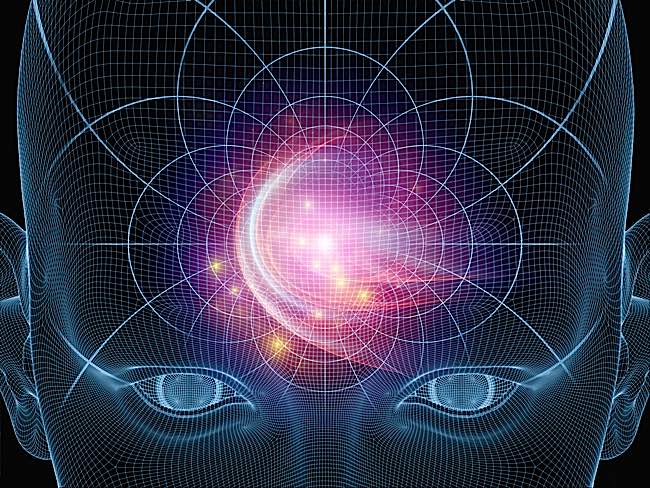
Mindfulness meditation, as taught by the Buddha thousands of years ago, can be a road to health — along with Enlightenment.
NOTES
[1] The Responsive Universe, John C. Bader, Wisdom Moon Publishing, ISBN-10: 1938459288, ISBN-13: 978-193845928
[2] Scientific American What Does Quantum Theory Actually Tell Us about Reality?
[3] Here Is the Pure Land. The Pure Land Is Here. Mindfulness Bell.

 Lynk
Lynk 








